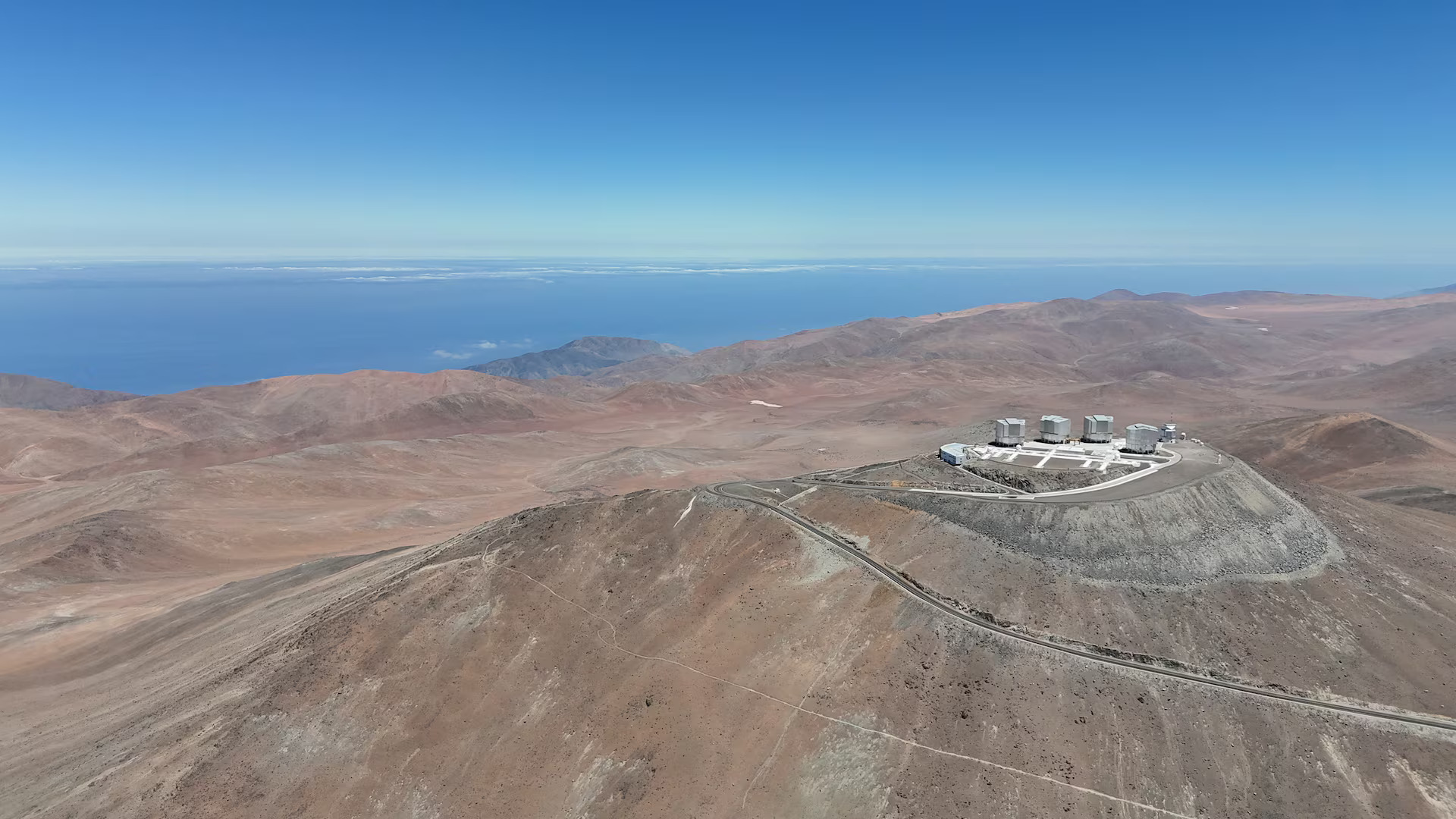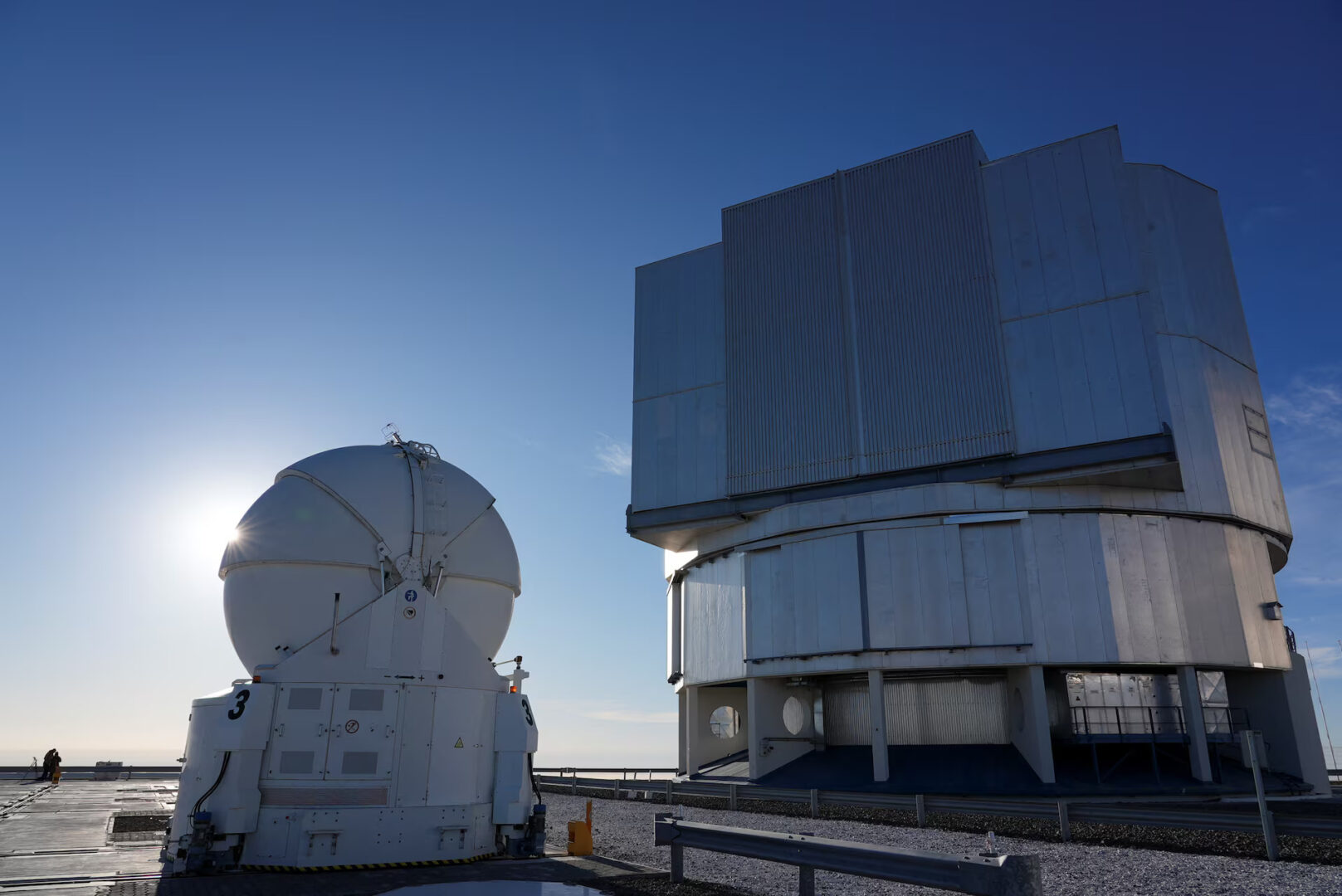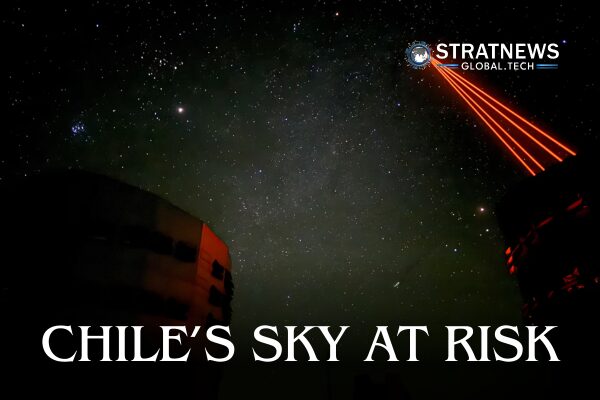Chile’s Dark Skies Under Threat as Industry Expands
Chile’s dark skies have long been a haven for astronomers, offering some of the best conditions in the world for stargazing and scientific research. However, experts warn that increasing urbanisation and industrial expansion could threaten this pristine environment.
Growing Concerns Over Light Pollution
Astronomers are particularly worried about light pollution near key observatories, such as the Paranal Observatory. Angel Otarola, an astronomer and member of the Chilean Astronomical Society’s (SOCHIAS) light pollution committee, says artificial light levels around Paranal currently stand at about 1%. He fears that expanding infrastructure and lighting from new industrial projects could diminish the darkness crucial for astronomical research.
“What protected us before was distance, but now these projects are getting closer,” Otarola said, highlighting the impact of growing industrial activity in northern Chile.

Industrial Expansion and Its Impact
Chile, the world’s top copper producer and the second-largest lithium supplier, has seen rapid industrial growth in its mineral-rich northern region. Mining and renewable energy projects have been expanding, raising concerns about their impact on astronomical observations.
One major project under scrutiny is AES Andes’ Inna project, a large-scale green hydrogen and ammonia development. AES Andes, a subsidiary of US-based AES Corporation, stated that lighting concerns were not raised until August 2024. The company insists that its project aligns with environmental guidelines and that relocation is not an option.
AES Andes claims its studies show only a minimal increase in natural sky brightness—0.27% at Paranal Hill and 0.09% at Armazones Hill. The company also expressed willingness to collaborate with the astronomy community to implement protective measures.
Balancing Astronomy and Industrial Growth
Paranal telescope operator Marcela Espinoza emphasised the need to protect Chile’s world-renowned skies. “It’s essential that Chile remains the top choice for installing advanced telescopes,” she said. The European Southern Observatory (ESO) is currently constructing the €1.45 billion Extremely Large Telescope (ELT) at Cerro Armazones, further solidifying the region’s importance to global astronomy.

Chile’s science minister, Aisen Etcheverry, acknowledged the challenge of balancing astronomy and industrial growth. The government has formed a committee to explore solutions that allow both sectors to coexist. “Both are important to us,” Etcheverry stated, adding that the government is working on technical and diplomatic solutions to protect Chile’s skies while supporting energy development.
With inputs from Reuters.


